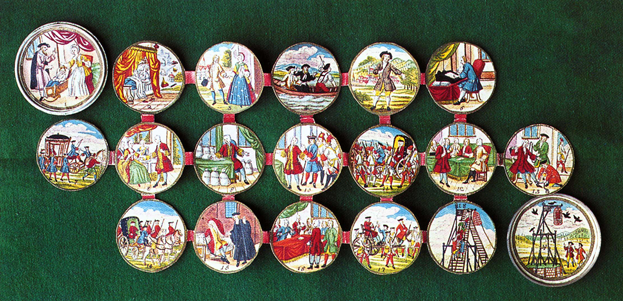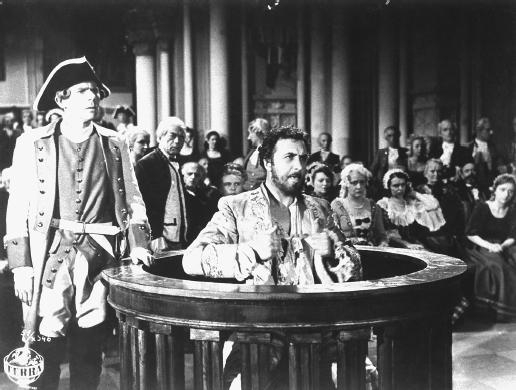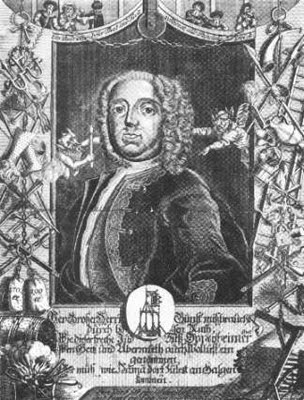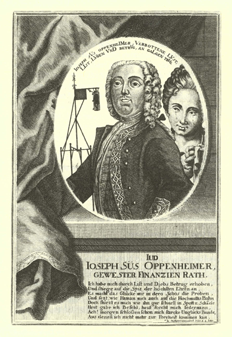”I always tell people that we human beings, in a way because of this intelligence, are the biggest troublemakers. Yet because of this intelligence, we also have the capacity to not only take care of ourselves but also to take care of the whole world. According to Buddhist psychology, most of our troubles are due to our passionate desire for and attachment to things that we misapprehend as enduring entities.”( Dalai Lama )
Not many years ago, the intelligence quotient, or IQ, was seen as a strong indicator of the level of success one could attain in life. The standard IQ test measured raw intelligence, including abilities such as logic and reasoning skills, reading, writing, and analyzing. Research, however, soon proved that the IQ could not predict academic and professional performance as once had been thought. There was another element involved: emotional intelligence, also known as the EQ. Emotional intelligence measures one’s understanding of emotions, the ability to empathize and work with others, and manage under stress. IQ seldom changes while EQ can change through self-discipline or a profound experience. Nonetheless, they function in tandem and are both important to personal development and success.
If IQ defines how smart you are, EQ determines how you use that blessing. Individuals with high EQ’s are better equipped to make use of their cognitive abilities. People with high IQ’s but low EQ’s sometimes sabotage themselves because they are unable to relate to their peers, cannot handle stress constructively, and find emotional connections difficult to maintain. Developing your EQ can help you access your innate intelligence and amplify your empathy, which can lead to career advancement and better relationships.
The story of Joseph Oppenheimer does recall the cognitive distinction between the two intelligences as well as links to modern banking; in particular the recent congressional hearings that brought Goldman Sachs employees such as Fabrice Tourre and CEO Lloyd Blankfein under the glare of questioning from Capitol Hill. They are all brilliant men who possess reasonably high levels of intellectual intelligence; some basic raw intelligence and a ability to adopt and learn new behavior and idioms allowing them to compete within a narrow band of human endeavor. In these cases we see intellect and ingenuity employed to lucrative ends, IQ + effort = money. In this optic, Buffett,and Blankfein are not so much antiheroes as provillains, rags-to-riches cases who bear out meritocracy and in so doing, reveal its inadequacy.
Michael Young wrote the Rise of the Meritocracy, which was in part satirical.” It is not only an argument for meritocracy, but a counterargument against it: ” that showed how sad, and fragile, a meritocratic society could be.” In the language of fifty years later, the story of subprime loans, health care crises, and populist rage.

Screw medal enclosing nineteen painted roundels giving a complete pictorial narrative of Oppenheimer's life.
Joseph Oppenheimer was a ”Court Jew” born in the 1690′s in Heidelberg. He developed a wide network of associations and a respectable clientele that included court figures, barons, princes, and princesses. A constant traveller , he was ruthlessly energetic and entrepreneurial in his affairs, pouncing on every opportunity with a daring and unrelenting nature. He concentrated his efforts on luxury goods and financial services, using Mannheim and Frankfurt as his centers. In 1732, Oppenheimer earned the confidence of Karl Alexander, prince of Wurrtemberg, soon to become its Duke. For the next five years Jud Suss assumed a wide range of government responsibilities, including procurement of military and other supplies, minting and tax farming.
He became a pivotal figure in Duke Karl’s attempt to revamp state government. In these efforts, often oppresive to the populace, both Oppenheimer and
Duke aroused much anatagonism, which was exasperated by Oppenheimer’s Jewish origins plus the duke’s conversion to Catholicism in a predominantly Protestant country. Oppenheimer’s embracement of an ostentatious and promiscuous lifestyle and his own economic intrigues combined to make him a prime target of resentments arising from the financial policies promulgated in the name of Duke Karl.
When the Duke died abruptly in 1737, Oppenheimer’s fate was sealed. Placed under house arrest, he was charged extortion and misuse of public funds An aborted escape led to imprisonment for the duration of a lengthly trial, which ended in a sentence of death by hanging. There was a widespread, almost sensational interest in his trial and Jud Suss’s fall after a rise to power marked by the accumulation of money and his success with women.
Whole pamphlets and even entire books were published in 1738 discussing Jud Suss’s career. They attest to the fascination of the educated classes of German society with the Court jew who rose to become a state minister only to fall and suffer an ignoble execution. In disgrace, he again became an outsider, driven from the civilized city to a sensational hanging in a wilderness setting witnessed by some ten thousand people.
Oppenheimer’s execution prompted innovations at the gallows, which, over ten meters tall and composed of eighteen hundred kilograms of iron, were painted red and decorated in gold. A special cage was built for Oppenheimer weighing 150 kilograms at the enormous expense of more than two thousand gulden. Its shape was that of a bird cage, so that in hanging Suss became a bird, a creature equated in popular culture with the penis, a reference to the minister’s sexual exploits.

"Harlan, who obviously did not mind making films with heavy infusions of Nazi ideology ( Der Herrscher , 1937, and many films made after Jud Süss ), tried very hard to avoid this particular assignment. At first he raised objections to the artistic quality of the script; when this didn't work he even volunteered for frontline military service. Goebbels proclaimed the making of Jud Süss a wartime duty and thus turned possible refusals into acts of desertion. Read more: Jud Süss - Film (Movie) Plot and Review - Publications http://www.filmreference.com/Films
The prominence given to the subject of mistresses in the popular culture reflected the attention given to the issue at Jud Suss’s trial. The court investigated twenty-six alleged mistresses of the finance minister. Although the climate of the baroque court and the actions of its rulers encouraged illicit love affairs, the same behavior was hypocritically considered a social and religious affront when practiced by a convenient scapegoat and outsider like Suss. The popular culture underscored the Christianity of all the women which echoed scenes of the Marys weeping at the base of the cross
That Oppenheimer’s worldly acquisitions gave rise to envy and animosity was substantiated by his trial.Some of the excesses revealed by the records are interesting indications of his complete adoption of court culture; ownership of expensive furniture and furnishings, paintings and books. The sheer number of works owned by Suss was staggering. One inventory listed 4,256 engravings of various subjects. His vast total inventory may have been part collection and part “stock” , as Oppenheimer was known to deal in works of art. Though Jud Suss was not the only Court Jew to have been imputed, tried, and imprisoned, his dramatic end was clearly more spectacular than those of his fellow Court Jews, mainly due to his challenging and breaking several accepted codes of society , as if he were an insider at court.














 COMMENTS
COMMENTS



